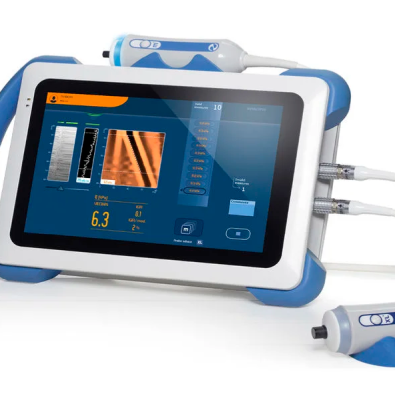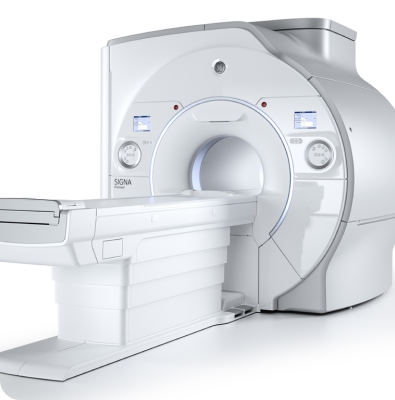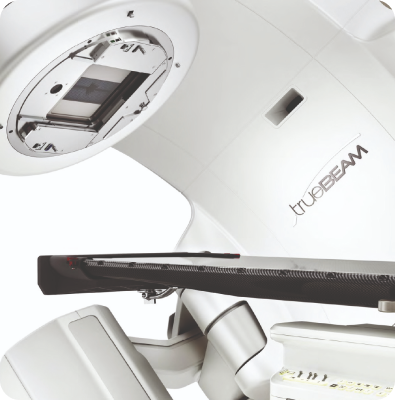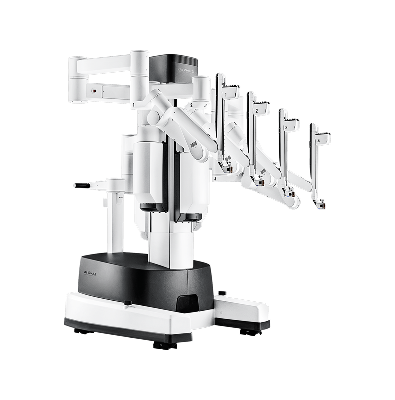Our department provides state-of-the-art treatments for prostate diseases, urinary system stone diseases, urological cancers, urinary tract strictures, male reproductive and sexual function disorders, and urinary incontinence, following the latest global medical standards.
In the surgical treatment of benign prostatic hyperplasia (BPH), modern laser techniques such as HoLEP and 180-Watt GreenLight laser, as well as plasmakinetic and transurethral resection (TUR) surgeries, are successfully and frequently performed in our clinic.
For urinary system stone diseases, minimally invasive stone removal procedures such as intrarenal surgery, ureterorenoscopic lithotripsy, and percutaneous nephrolithotripsy have been routinely and effectively practiced for many years.
In the diagnosis of urological cancers, accurate assessment and staging are achieved through clinical expertise supported by advanced radiological, biochemical, nuclear medicine, and pathology capabilities. All types of radical uro-oncological surgeries are performed successfully, and the long-term follow-up and treatment of oncology patients are carried out in close collaboration with the medical oncology and radiation oncology departments.
Why Flexible Ureteroscopy? (Intrarenal Stone Surgery)
The goal in kidney stone treatment is to achieve maximum effectiveness with minimal side effects. Over the past 20 years, significant advances have nearly eliminated the need for open surgery in stone disease. Flexible ureteroscopic stone fragmentation using a Holmium laser has long been a known and successful method for treating kidney stones. With recent technological developments in instruments and laser techniques, this approach represents the latest advancement in minimally invasive stone surgery.
Why GreenLight XPS 180-Watt Laser?
With the latest generation GreenLight laser system, surgical speed and efficiency have doubled. This advancement allows for the safe treatment of patients with large prostates (over 120 grams) who could not previously undergo surgery using older laser systems. Additionally, the newly developed TruCoag technology provides superior bleeding control, while a special cooling system for the laser fiber ensures consistent performance throughout the operation.
What Is the Urinary System?
The urinary system includes the kidneys, which produce urine, and the urinary tract, which carries and eliminates it from the body. It consists of two kidneys, ureters, the bladder, and the urethra. The kidneys are bean-shaped organs weighing 140–160 grams. Within them, microscopic units called nephrons produce urine. Urine travels through the ureters to the bladder, where it is stored until it is expelled through the urethra once the bladder is full.
How Do Kidney Stones Form?
Many factors contribute to kidney stone formation. Urine contains various chemicals, some of which increase the risk of stone formation while others help prevent it. An imbalance — such as excessive production or intake of stone-forming substances, or a deficiency in stone inhibitors — can cause crystals to precipitate and form stones.
What Causes Stone Formation?
In many cases, the exact cause of stone formation cannot be determined. Patients with frequent urinary sediment (“gravel”) are at higher risk. Industrialized countries have higher rates of kidney stones due to dietary patterns — increased consumption of fatty, sugary, and high-protein foods and reduced intake of fiber and plant-based proteins. High-sodium diets (salty foods) are another major risk factor. Occupational risk also plays a role: individuals with sedentary lifestyles or those working in high-temperature environments are more prone to stone formation. A family history of kidney stones doubles the risk, and certain hereditary disorders (renal tubular acidosis, cystinuria, hypercalciuria) are associated with higher risk. Stone formation also increases in hot climates and during summer months due to dehydration and excessive sweating.
What Are the Symptoms of Kidney Stones?
Symptoms vary depending on the stone’s location. If the stone is in the kidney, patients typically experience a dull ache on one side, radiating toward the lower abdomen, and blood may appear in the urine. If the stone is in the ureter, severe flank pain with nausea, vomiting, and blood in the urine are common. When the stone is in the bladder, symptoms include painful urination, difficulty starting or stopping urination, and lower abdominal pain radiating to the penis or perineum. Stones in the urethra can cause pain during urination, dribbling, or complete urinary obstruction.
How Are Kidney Stones Diagnosed?
Diagnosis begins with a detailed patient history and symptom evaluation. Initial tests include urinalysis, a plain urinary tract X-ray, and ultrasound. Ultrasound is a simple, safe, and reliable method. Additional imaging such as intravenous pyelography (IVP) or spiral CT may be used to confirm stone size, location, and kidney anatomy, guiding treatment planning.
What Are the Treatment Methods for Kidney Stones?
- Observation without active intervention
- Medical (pharmacological) treatment
- ESWL (extracorporeal shock wave lithotripsy)
- Open surgical intervention
- Endoscopic (minimally invasive) procedures
Can Stones Be Treated Without Surgery or Medication?
Most kidney stones are small and may pass naturally without intervention. However, regular medical monitoring is essential. Even small stones can cause obstruction or kidney damage if not properly followed. Patients should strain their urine to check for stone passage, and any collected stones should be analyzed to guide future prevention.
What Is ESWL and Who Can Benefit from It?
Extracorporeal Shock Wave Lithotripsy (ESWL) is one of the most common treatments for kidney stones. Shock waves are generated outside the body and transmitted through tissues to target and fragment the stone. The resulting smaller fragments are then passed naturally with urine. As the procedure can be painful, anesthesia is often required.
What Is Percutaneous Nephrolithotomy?
This procedure involves inserting a small tube (approximately 1 cm in diameter) through a skin incision directly into the kidney to remove stones. Using X-ray guidance, a fine needle is inserted into the kidney, followed by a guidewire. The tract is then dilated, and an endoscope is introduced to break and extract the stones. At the end of the procedure, a temporary nephrostomy tube is placed in the kidney and removed within 1–2 days.
What Is Ureteroscopy and When Is It Used?
Ureteroscopy is a minimally invasive procedure used for stones located in the ureter (the tube connecting the kidney to the bladder). Without any external incision, a small endoscope (ureteroscope) is inserted through the urinary tract to visualize and fragment the stone using a laser or pneumatic probe. The stone fragments are removed, and most patients can go home the same day.
The Latest Technology in Kidney Stone Treatment: Retrograde Intrarenal Surgery (RIRS)
Retrograde Intrarenal Surgery represents the latest technological advancement in kidney stone treatment. Using a flexible ureteroscope, surgeons can access and fragment stones within the kidney under direct visualization. With continuous improvements in endoscopic instruments and laser systems, RIRS offers a highly effective, minimally invasive option for achieving stone-free outcomes with minimal discomfort and recovery time.







